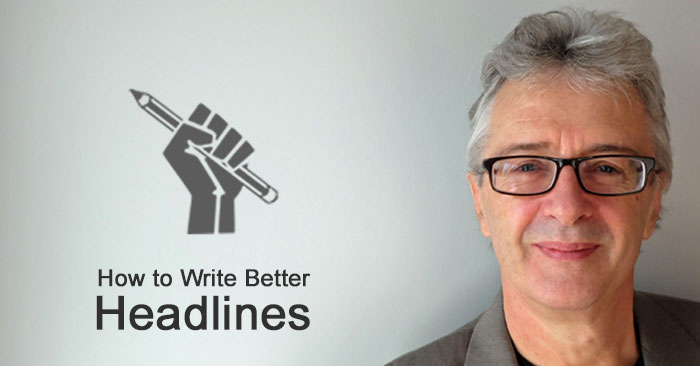
Hopefully, you pay a lot of attention to writing your headlines.
I do.
I typically go through several drafts until I’m reasonably happy with a headline.
Headlines are important, because a good one captures attention and inspires people to start reading the body text. Bad headlines don’t.
Truth be told, I’m a bit of a headline nerd. I created an entire course on how to write them.
But… there’s more.
What about those subheads?


